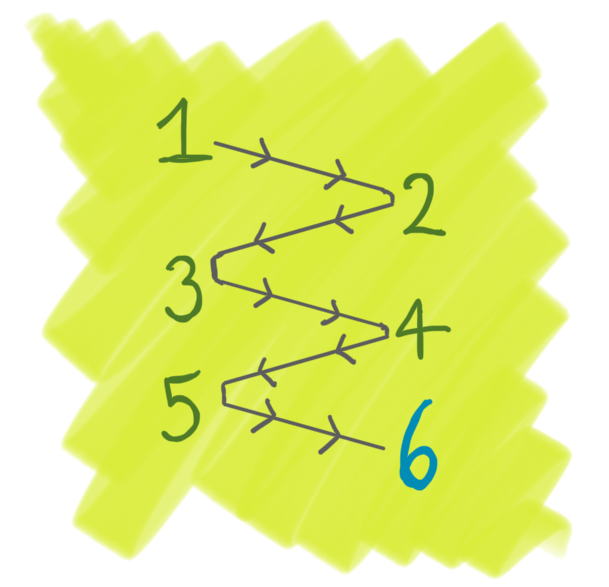Process Description
Perfilado de sección
-

In this Moodle course, you will:
- learn how to write a process description.
- read about how to structure a text.
- learn about passive voice
- have a look at some linking words and phrases.
- practice using some formal and informal synonyms.
- have a go at describing some processes.
